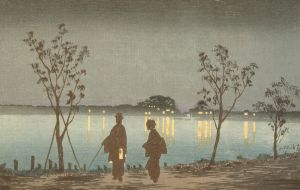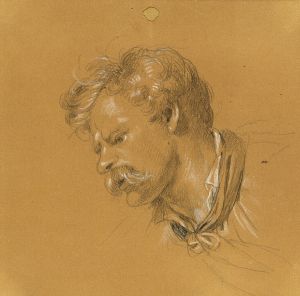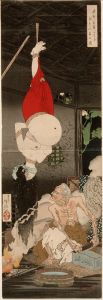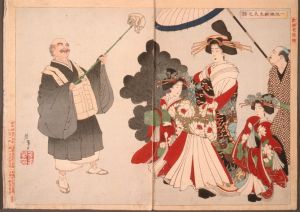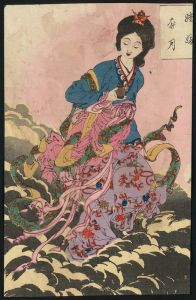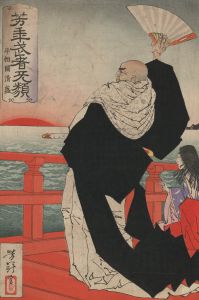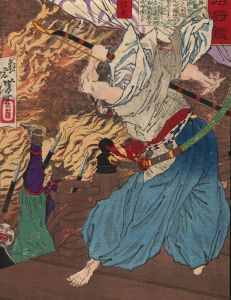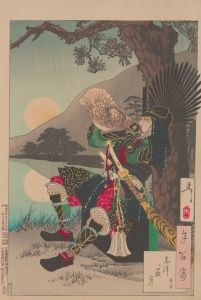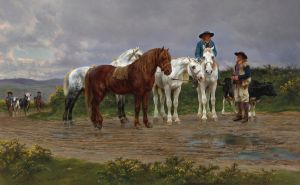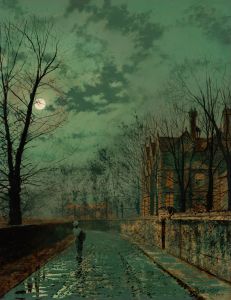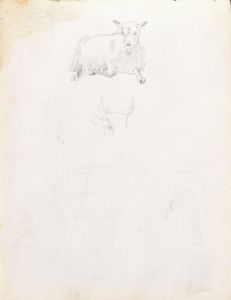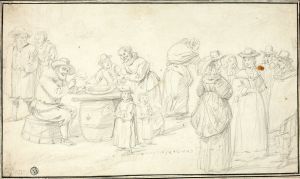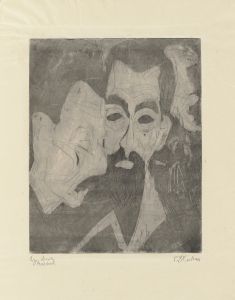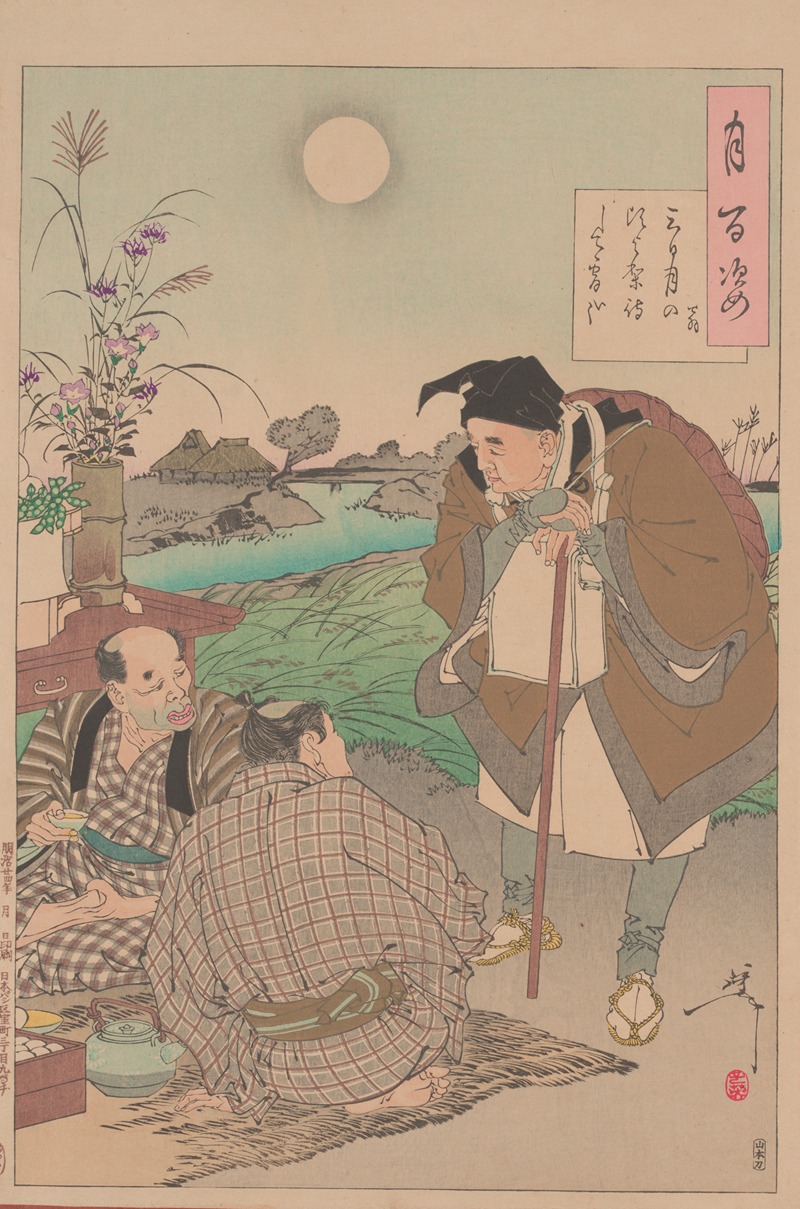
Farmers celebrating the autumn moon
A hand-painted replica of Tsukioka Yoshitoshi’s masterpiece Farmers celebrating the autumn moon, meticulously crafted by professional artists to capture the true essence of the original. Each piece is created with museum-quality canvas and rare mineral pigments, carefully painted by experienced artists with delicate brushstrokes and rich, layered colors to perfectly recreate the texture of the original artwork. Unlike machine-printed reproductions, this hand-painted version brings the painting to life, infused with the artist’s emotions and skill in every stroke. Whether for personal collection or home decoration, it instantly elevates the artistic atmosphere of any space.
"Farmers Celebrating the Autumn Moon" is a woodblock print by the renowned Japanese artist Tsukioka Yoshitoshi, who was active during the late Edo and early Meiji periods. Yoshitoshi is celebrated for his innovative approach to traditional ukiyo-e art, and his works often reflect a deep engagement with both historical themes and contemporary issues of his time.
This particular print is part of Yoshitoshi's series "One Hundred Aspects of the Moon" (Tsuki hyakushi), which was published between 1885 and 1892. The series is considered one of Yoshitoshi's masterpieces and is notable for its exploration of various themes related to the moon, drawing from Japanese folklore, history, literature, and everyday life. Each print in the series features a scene that is somehow connected to the moon, either literally or metaphorically.
"Farmers Celebrating the Autumn Moon" depicts a group of farmers engaging in a traditional celebration of the harvest moon, an event that holds cultural significance in Japan. The harvest moon, known as "Chushu no Meigetsu" in Japanese, is celebrated during the mid-autumn festival, a time when people express gratitude for the harvest and enjoy the beauty of the full moon. This festival is marked by various customs, including moon-viewing parties, the offering of seasonal foods, and the performance of traditional music and dance.
In Yoshitoshi's print, the farmers are shown in a moment of leisure and festivity, likely engaging in activities such as singing, dancing, or enjoying food and drink. The composition of the print captures the essence of communal joy and the connection between people and nature, a theme that resonates deeply within Japanese culture. The depiction of the moon in the background serves as a reminder of the celestial body's influence on agricultural cycles and its symbolic role in marking the passage of time.
Yoshitoshi's use of color and line in this print is characteristic of his mature style, which combines traditional ukiyo-e techniques with a more modern sensibility. His attention to detail and ability to convey emotion through facial expressions and body language are evident in the portrayal of the farmers, who appear animated and engaged in their celebration. The print exemplifies Yoshitoshi's skill in capturing the nuances of human experience and his ability to infuse his work with a sense of narrative and drama.
"Farmers Celebrating the Autumn Moon" is not only a testament to Yoshitoshi's artistic prowess but also a reflection of the cultural and social changes occurring in Japan during the late 19th century. As the country underwent rapid modernization and Westernization, artists like Yoshitoshi sought to preserve and reinterpret traditional Japanese themes and aesthetics. Through his work, Yoshitoshi contributed to a broader cultural movement that aimed to balance the old and the new, ensuring that Japan's rich artistic heritage continued to thrive in a changing world.
Today, Tsukioka Yoshitoshi is regarded as one of the last great masters of ukiyo-e, and his prints remain highly valued by collectors and art historians alike. "Farmers Celebrating the Autumn Moon" is a fine example of his ability to blend tradition with innovation, creating works that are both visually striking and rich in cultural significance.





